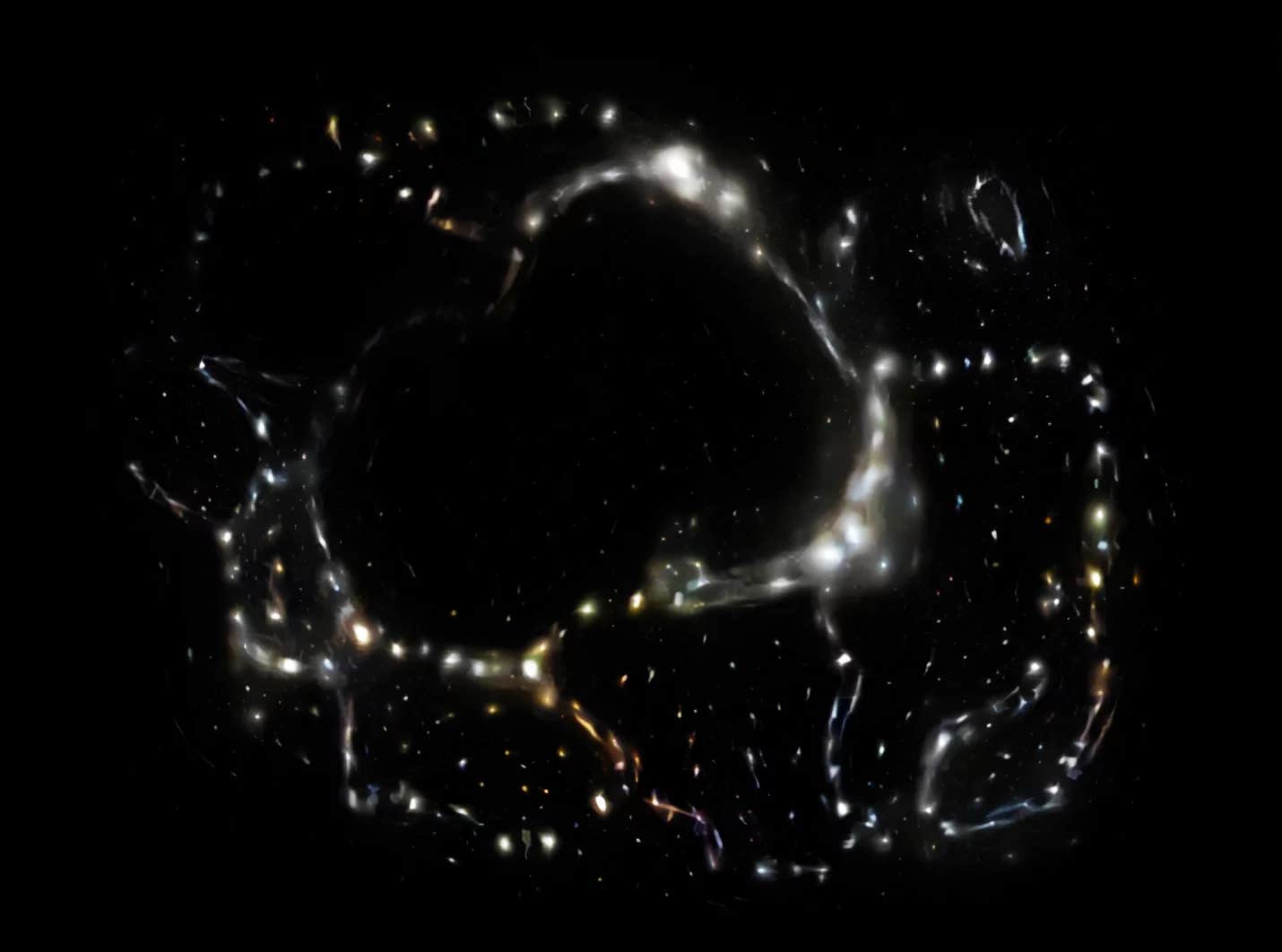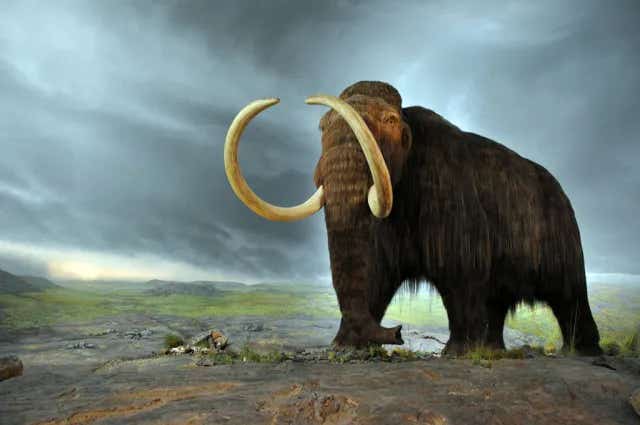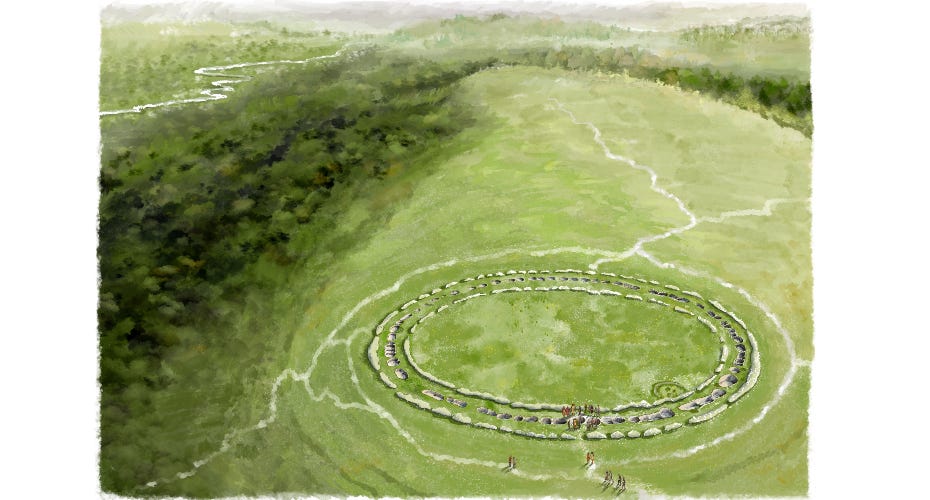The Milky Way exists in a cosmic void that breaks the laws of cosmology
Scientists found that the universe seems to be expanding faster than expected, throwing a wrench into long-standing cosmological theories

KBC Void in an immense, comparatively empty region of space containing the Local Group, and a large part of the Laniakea Supercluster – 2,000 million ly diameter sphere with its center about 250 million ly away – Galaxies inside the void experience a gravitational pull from outside yielding a larger local value for the Hubble constant (redshift). (CREDIT: Wikipedia / Pablo Carlos Budassi)
In recent years, one of the most troubling puzzles in astrophysics has grown more urgent. Scientists have realized that the universe seems to be expanding faster than expected, throwing a wrench into long-standing cosmological theories. This problem, known as the Hubble tension, challenges the most widely accepted explanation of the universe’s structure and evolution—what’s called the Lambda Cold Dark Matter (ΛCDM) model, or ΛCDM.
At first glance, it may sound like a simple disagreement over a number. But this discrepancy runs deep. If the faster expansion rate is real, it could mean the universe is younger than previously calculated. That directly clashes with estimates based on the oldest known stars. It’s not just a math problem—it’s a sign that something might be wrong with our understanding of how the cosmos works.
A Conflict That Won’t Go Away
The tension comes from two types of measurements. One approach looks far back in time, using the cosmic microwave background—the faint light left over from the Big Bang. The other relies on nearby observations, such as supernovae and stars called Cepheids. These local measurements consistently suggest that the universe is expanding about 10% faster than the early-universe data would suggest.
Astrophysicist Adam Riess, who won a Nobel Prize for his work on cosmic expansion, summed up the issue: “Our measurements keep getting more precise, and the tension doesn’t go away.” For years, the hope was that better data would solve the problem. Instead, the gap has only widened.
This has led scientists to search for new explanations—ideas that could bring the numbers into agreement without rewriting all of modern cosmology. One of the most promising and controversial ideas involves a vast empty region of space that could be skewing the measurements from our part of the universe.
The Cosmic Void That Might Hold the Answer
This idea revolves around something called the KBC void. Named after the astronomers who first described it—Keenan, Barger, and Cowie—this massive underdensity stretches across nearly two billion light-years of space. That makes it the largest void ever observed.
Related Stories
Multiple surveys across optical, infrared, X-ray, and radio wavelengths support the existence of this vast low-density region. Some estimates suggest that within about a billion light-years, the matter density could be as much as 50% below the cosmic average.
If our galaxy lies inside such a void, that could explain why local measurements of the Hubble constant seem too high. Galaxies inside a void experience a gravitational pull outward, flowing toward denser regions. That motion would make it look like the universe is expanding faster in our area, even if the overall rate matches predictions.
Astrophysicist Indranil Banik, from the University of St. Andrews, has studied this possibility in depth. He points out that such a void would naturally create a “hill” in the gravitational potential, causing galaxies to move outward more rapidly. “By now, it’s pretty clear that we are in a significant underdensity,” Banik explains.
In one of his recent studies, Banik calculated that the KBC void could cause a local Hubble constant about 11% higher than the global average. That’s just the amount needed to bring local and distant measurements into harmony.
Why This Challenges the Standard Model
The ΛCDM model assumes that on scales larger than a few hundred million light-years, the universe is smooth and uniform. That makes a huge void like the KBC a serious challenge. For such a large underdensity to form in ΛCDM, early density fluctuations would have to be extremely rare—about a one-in-a-billion event.
Yet the data suggest that the KBC void is real. And if it is, it likely means that the standard model doesn’t describe large-scale cosmic structure as well as once thought. This has led some researchers to look at alternative models that could more easily produce such voids.
One of those models is the neutrino Hot Dark Matter, or νHDM, framework. It builds on something called Milgromian dynamics, or MOND, which alters the way gravity behaves at very low accelerations. MOND has already been successful in explaining the motion of stars in galaxies without invoking invisible dark matter.
In νHDM, an extra type of neutrino is added—one with a rest energy of 11 electron volts. This sterile neutrino helps the model match other key features of the universe, including galaxy cluster behavior and patterns in the cosmic microwave background.
Unlike ΛCDM, the νHDM model naturally allows for deeper voids and stronger flows of galaxies over large distances.
Testing the Theory with Bulk Flows
If the KBC void is real and causing an increased local expansion rate, then it should also affect the motion of galaxies. Specifically, galaxies should show faster bulk flows—movements that represent the average velocity of many galaxies in a given region.
Recent work by Watkins and colleagues using the CosmicFlows-4 catalog supports this idea. They found that bulk flows on scales of hundreds of millions of light-years are significantly higher than expected under the ΛCDM model. In fact, their results create a 4.8-sigma tension with the standard theory, a statistically significant mismatch.
What’s striking is that Banik’s νHDM model predicts these rapid bulk flows. His model, developed before these bulk flow data became available, wasn’t adjusted to fit them. Yet when tested against the new results, it matches them well—especially when the observer's position is placed within a structure like the KBC void.
Other scientists have noticed this, too. A separate study by Whitford and colleagues using the same data found similar tensions with ΛCDM, further confirming that this isn’t a fluke. The results support the idea that both the high local expansion rate and the fast galaxy motions could come from the same cosmic cause.
A New Direction for Cosmology?
Not all scientists are convinced. Some argue that the KBC void only solves part of the problem—namely, why local measurements seem too high. It doesn’t explain the global structure of the universe. Brian Keating, a cosmologist at UC San Diego, agrees that the void is worth studying but remains cautious. “If the local void isn’t representative of the wider cosmos,” he warns, “this may only provide a local solution, not a global one.”
There are other competing ideas as well. One is early dark energy—a short burst of expansion that may have occurred soon after the Big Bang. This could shift the universe’s growth rate and bring the two sets of Hubble constant measurements closer together. However, it adds complexity to the model and may not match all observational data.
Still, the void hypothesis is gaining attention because of how naturally it explains multiple tensions. It also predicts a range of cosmic behaviors, like peculiar velocities—motions of galaxies that deviate from the expected expansion pattern.
The Local Group, which includes the Milky Way, has a peculiar velocity of about 627 kilometers per second. In the νHDM model, this value fits nicely within the predicted range, due to the way gravitational fields from nearby and distant structures interact. Sometimes these forces cancel out, leading to lower velocities for observers in certain regions.
What Happens Next
Banik and his colleagues continue to test the predictions of the νHDM model. One future study will focus on supernova data from outside the void. If the Hubble constant in those areas matches the global predictions, it would further support the idea that our local region is unique.
Resolving the Hubble tension could change how scientists think about the universe’s age, composition, and the laws that govern it. Whether it’s a rare void, an overlooked energy component, or new physics altogether, solving the puzzle will likely reshape cosmology.
“Each new observation brings us closer to unraveling the complexities of our universe,” Banik says. And with every new discovery, the cosmic picture becomes a little clearer.
Research findings are available online in the journal Monthly Notices of the Royal Astronomical Society.
Note: Materials provided above by The Brighter Side of News. Content may be edited for style and length.
Like these kind of feel good stories? Get The Brighter Side of News' newsletter.
Joseph Shavit
Head Science News Writer | Communicating Innovation & Discovery
Based in Los Angeles, Joseph Shavit is an accomplished science journalist, head science news writer and co-founder at The Brighter Side of News, where he translates cutting-edge discoveries into compelling stories for a broad audience. With a strong background spanning science, business, product management, media leadership, and entrepreneurship, Joseph brings a unique perspective to science communication. His expertise allows him to uncover the intersection of technological advancements and market potential, shedding light on how groundbreaking research evolves into transformative products and industries.



